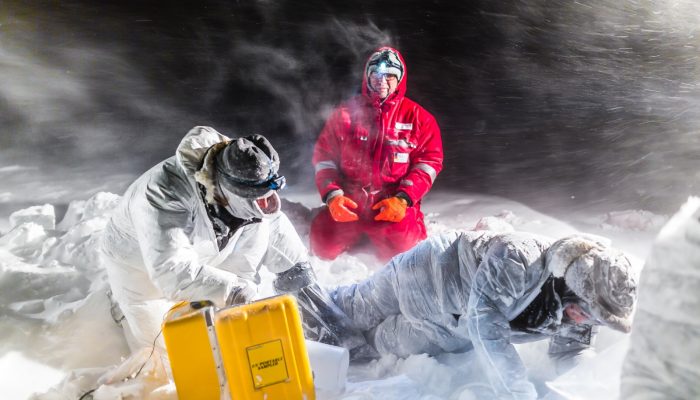The retreating Arctic sea ice is one of the most well-known facets of Climate Change. Images of polar bears desperately swimming through polar seas searching for somewhere to rest and feed resonate strongly with the public. Beyond these headlines however, the Arctic Ocean is displaying a rapid transition from having mostly permanent ice cover to a more seasonal cover. The Marginal Ice Zone As both ...[Read More]
Image of the Week — Climate change and disappearing ice
The first week of the Climate Change summit in Bonn (COP 23 for those in the know) has been marked by Syria’s decision to sign the Paris Accord, the international agreement that aims at tackling climate change. This decision means that the United States would become the only country outside the agreement if it were to complete the withdrawal process vowed by President Trump. In this context ...[Read More]
Image of the Week – Sea-ice dynamics for beginners
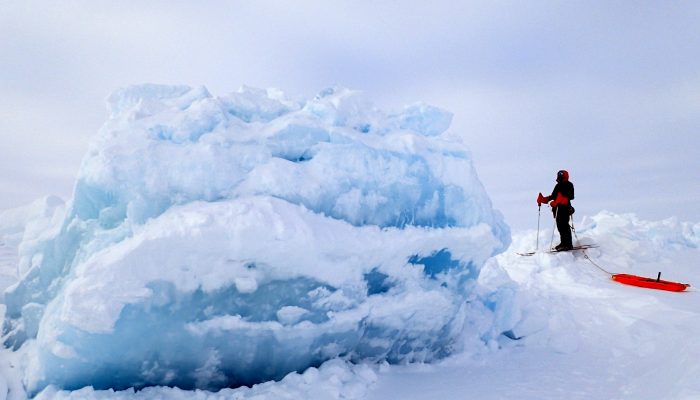
When I ask school children or people who only know about sea ice from remote references in the newspapers: ‘How thick do you think is the Arctic sea ice?’, I often get surprising answers: ’10 meters? No, it must be thicker – 100 meters!’. It seems like sea ice, often depicted as a uniform white cover around the North Pole and as a key element in accelerated warming of the Polar Regions, imposes a ...[Read More]
Image of the Week – Of comparing oranges and apples in the sea-ice context

In the last fifty years, models and observations have enabled us to better understand sea-ice processes. On the one hand, global climate models have been developed, accounting for the sea-ice component in the climate system. On the other hand, satellite instruments have been developed to monitor the “real” sea-ice evolution. These satellite observations are often used to evaluate climate models. H ...[Read More]
Image of the Week – ROVing in the deep…
Robotics has revolutionised ocean observation, allowing for regular high resolution measurements even in remote locations or harsh conditions. But the ice-covered regions remain undersampled, especially the ice-ocean interface, as it is still too risky and complex to pilot instruments in this area. This is why it is exactly the area of interest of the paper from which our Image of the week is take ...[Read More]
Image of the Week – The birth of a sea-ice dragon!
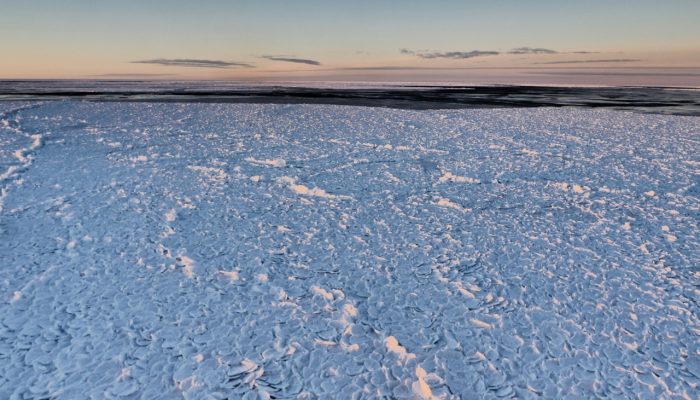
Dragon-skin ice may sound like the name of an episode of the Game of Thrones fantasy franchise. However, this fantasy name hides a rare and bizarre type of ice formation that you can see in our Image of the Week. It has been recently observed by the “Polynyas, ice production and seasonal evolution in the Ross Sea” (PIPERS) research team in Antarctica. This bizarre phenomenon caused by ...[Read More]
Image of the Week – Heat waves during Polar Night!
The winter 2016-2017 has been one of the hottest on record in the Arctic. In our Image of the Week, you can see that air temperatures were positive in the middle of the winter! Let’s talk about the reasons and implications of this warm Arctic winter. But first, let’s take a tour in Svalbard, the gateway to the Arctic… A breach in the one of the world’s largest seed vaults The Global S ...[Read More]
Image of the Week – The ups and downs of sea ice!
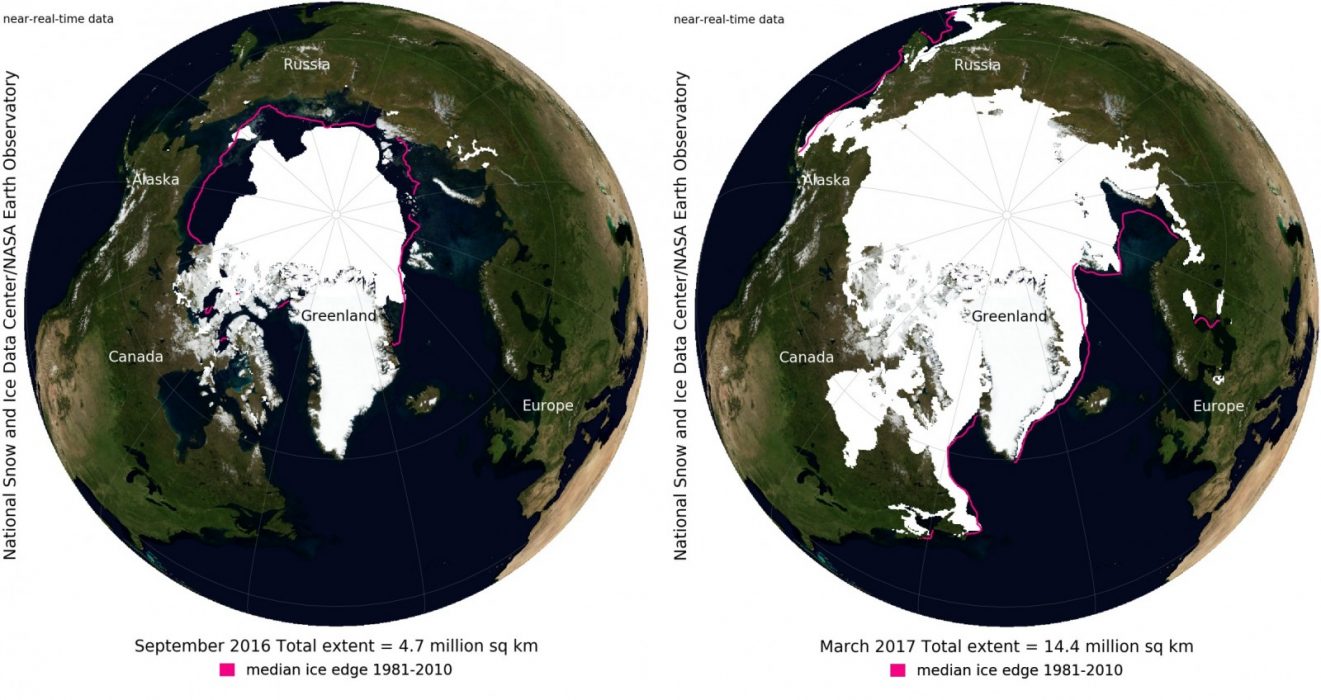
The reduction in Arctic sea-ice cover has been in the news a lot recently (e.g. here) – as record lows have been observed again and again within the last decade. However, it is also a topic which causes a lot of confusion as so many factors come into play. With this Image of the Week we will give you a brief overview of the ups and downs of sea ice! In general, Arctic sea ice is at its minim ...[Read More]
Image of the Week — The ice blue eye of the Arctic
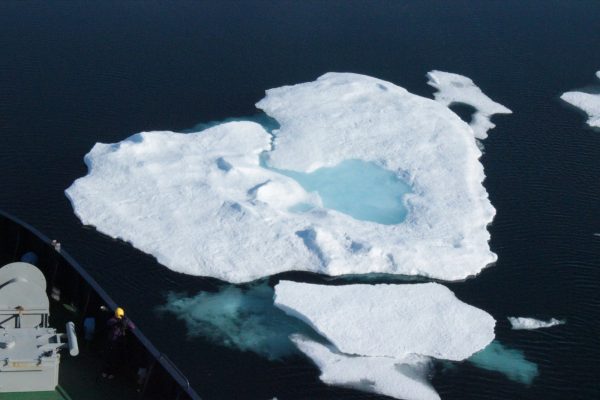
“Positive feedback” is a term that regularly pops up when talking about climate change. It does not mean good news, but rather that climate change causes a phenomenon which it turns exacerbates climate change. The image of this week shows a beautiful melt pond in the Arctic sea ice, which is an example of such positive feedback. What is a melt pond? The Arctic sea ice is typically non-smooth, and ...[Read More]
Image of the Week – Apocalypse snow? … No, it’s sea ice!
Sea ice brine sampling is always great fun, but sometimes somewhat challenging ! As sea water freezes to form sea ice, salts in the water are rejected from the ice and concentrate in pockets of very salty water, which are entrapped within the sea ice. These pockets are known as “brines”. Scientists sample these brines to measure the physical and bio-geochemical properties, such as: tem ...[Read More]

